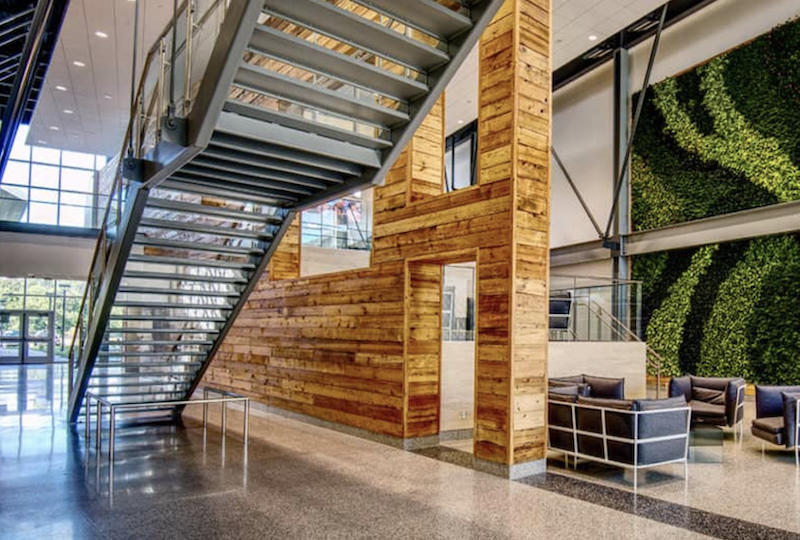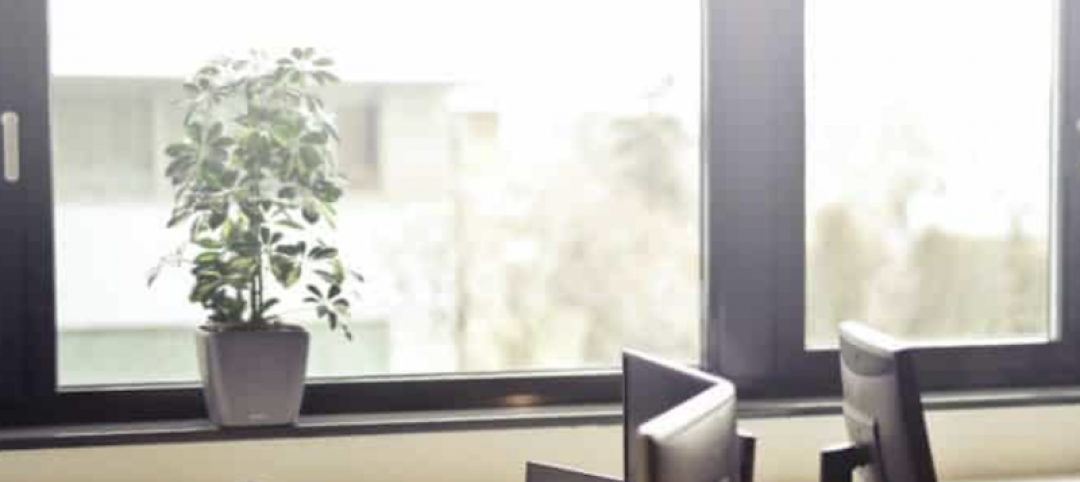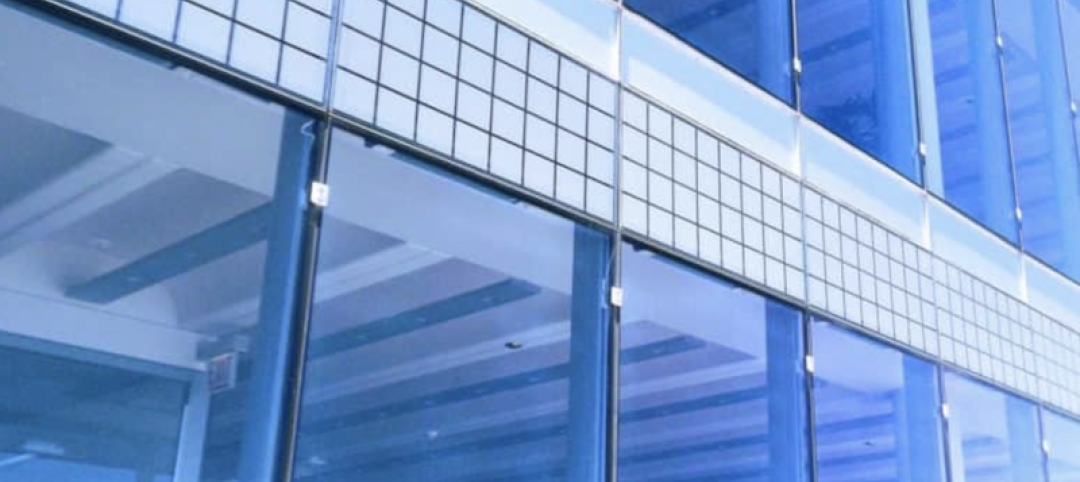Wellness is an aspect of building design that has taken the development world by storm. STATS, PROOF. We spend a lot of our time indoors, so wellness investments should combat the issues we are seeing arise within our indoor environments. Wellness is identified as an active process of becoming aware of and making choices towards a healthy and fulfilling life. Wellness encompasses physical, mental, and social well-being, and is a key decision factor for people choosing where to live and work.
While green building rating systems like LEED and Living Building Challenge include aspects of wellness, there are now whole building standards such as WELL and Fitwel that put the wellness of building occupants at the forefront as a companion to environmental sustainability.
I recently achieved my Fitwel Ambassadorship and have had the opportunity to consult on several projects that place a priority on wellness. In this post, I’m going to share some of the insights that I have gained working with Fitwel and how it can bring innovation to your next project.
Fitwel aims to support a healthier future where every building is enhanced to support the wellbeing of occupants and surrounding communities.
Fitwel organizes its strategies along with the common points of interaction within a building. The Fitwel system includes 63 strategies, divided into 12 categories to address a range of health behaviors. Examples of these categories include workspaces, location, outdoor spaces, and indoor environments. This post dives into some of my favorite Fitwel-inspired wellness strategies and how they impact our physical, mental, and social health. Because I’m talking about Fitwel here, I’ve organized the post along with several of Fitwel’s wellness categories.
BUILDING ACCESS
Building access strategies focus on how occupants travel to and access the building. Projects are rewarded a point for encouraging travel methods that increase physical activity and decrease commuter stress, such as biking, walking, and taking public transit.
A big factor in whether people ditch the single-occupant vehicle (SOV) and walk or take public transit is convenience. Every commuter must overcome concerns about commute duration and terrain before making a healthier choice. So Fitwel awards a point to projects that provide a direct, accessible pedestrian route between the main building and a public transit stop. This direct link between the office and the transit stop makes it more likely that commuters will ditch their SOV.
Further, how much parking is planned for your next project? The tougher and more expensive it is to park, the more incentivized commuters are to take public transit. Therefore, Fitwel encourages building operators to charge market-rate for parking and to designate spaces for carpool-only, reducing the parking availability for SOVs. Transferring the cost of parking to the commuters significantly decreases the probability that they will drive to work or drive to work alone. Carpooling is great for wellness! Carpooling reduces greenhouse gases and provides a social connection to other commuters that contributes to mental and emotional wellness.
ENTRANCES AND GROUND FLOOR
The entrances and ground floor of a building influence our wellness more than you might think. A great entrance and ground floor include bright lighting, publicly accessible uses, and thoughtful entryway systems. These each contribute to a safer, healthier, and more appealing working environment. Which is why Fitwel rewards a first-floor space that draws building occupants and neighborhood locals inside.
A basic and very important strategy to create wellness-oriented ground floor spaces is to provide context-appropriate lighting at all building entrances. Appropriate entrance lighting often increases the safety of the initial surrounding area, aids pedestrians and building occupants in the orientation of their surroundings, and can highlight the neighborhood the building is in or the building itself. Don’t just light the entrance – creatively light the surrounding entrance landscape to add an even more welcoming experience.
As with LEED, Fitwel recognizes the importance of providing entryway systems that trap harmful pollutants. Grills, grates, slotted systems or mats located in main entryways reduce the dirt, dust, pollen, and other particulate matter that enters the building. These systems often go unnoticed but play a key role in building occupant health.
Let’s talk about the ground floor. Our age of “live, work, play” development is reflected within the Fitwel system. Projects are awarded points for providing at least one publicly accessible use on the ground floor of their building. Buildings with a grocery store, retail shopping, or dining provide a neighborhood connection and increase the walkability of the area. Pedestrians and building owners can access more than just their workplace and are provided with a chance to connect with their community. Additionally, ground floor mixed-use spaces increase occupant physical activity because occupants can walk to the amenities rather than log another car trip.
STAIRWELLS
It’s well understood that an obvious strategy to increase physical activity is to take the stairs. It’s also well understood that the healthy choice needs to be as satisfying as an unhealthy choice. Stairwells that are hidden out of the way and are designed for emergencies only are not the more satisfying option. This is why Fitwel rewards building designs where the stairs are front-and-center, beautifully lit, and well-marked (signage has more of an impact on occupants choosing to take the stairs then you might think!). The stairwells category includes strategies to encourage occupants to use the stairs.

One of the simplest ways to implement a more attractive staircase design is to place the stairs centrally and make them as attractive and visible as the elevators/escalators. Think about the difference between entering a building and being directed to a bank of elevators, versus entering a building and walking up to a grand staircase. Would you even consider looking for the stairs in the first option? No! One of the first steps to encourage people to use the stairs is to make sure they can find them! The second step is to make sure they are fun to use!
I’d love to tell you that all you need to do to get everyone out of the elevator is to give them some irresistible stairs, but the truth is that building occupants benefit from a little more encouragement. Project teams should include active design strategies including featuring motivational signs, engaging artwork, bright colors, creative lighting, and providing a window or increased daylight. Strategies like these encourage stair use over elevators, thus increasing physical activity and wellness of building occupants.

CONCLUSION
Wellness is undeniably influential in real estate development and design strategies, and we are seeing a rise in the demand for wellness certifications like Fitwel. Wellness is the new normal, and that’s a good thing for the people using the buildings.
I should note that Fitwel is one of several options available to back-check wellness strategies with a certification. You can read about some of the other alternatives to WELL in our blog post, Five wellness framework alternatives to the WELL Building Standard.
More from Author
Paladino | Jan 10, 2022
The future of regenerative building is performance-based
Why measuring performance results is so critical, but also easier said than done.
Paladino | May 26, 2021
Injecting embodied carbon capability into the integrated design and construction process
Embodied carbon is defined as the carbon footprint of a material, and is expressed in metric tons of CO2e.
Paladino | May 12, 2021
Climate modeling for a resilient business and future
This post explores changes that developers and their teams need to make to their risk and resilience strategies by climate modeling for climate change.
Paladino | Apr 26, 2021
Building performance requirements are coming: Are you ready?
Building Performance Requirements are trending nationwide and are likely coming to a county near you.
Paladino | Feb 8, 2021
Six lessons learned from our first Fitwel Viral Response Module certification
The Fitwel Viral Response Module is one of several frameworks that real estate owners and operators can use to obtain third-party certification for their efforts ensuring their properties are ready for a safer and healthier return to work.
Paladino | Jan 14, 2021
Shift your energy to carbon
Now is the right and necessary time for the commercial real estate industry to shift its environmental strategy from just energy, a carbon contributor, to carbon itself.
Paladino | Nov 13, 2020
5 tips when designing for daylight
Daylight modeling is a tool to examine how daylight interacts with a building, and how that natural light behaves within interior spaces.
Paladino | Jul 16, 2020
COVID readiness: IWBI and USGBC seek to help businesses quantify risk
In an effort to address the risks of COVID-19 at the building scale, USGBC and IWBI have analyzed existing certification guidelines and drafted new, relevant content.
Paladino | Jun 5, 2020
3 strategies to improve the wellness of building systems and gain tenant trust
Three operational issues that must be prioritized for every building in order to achieve tenant trust are air quality/ventilation, relative humidity, and building commissioning.




















